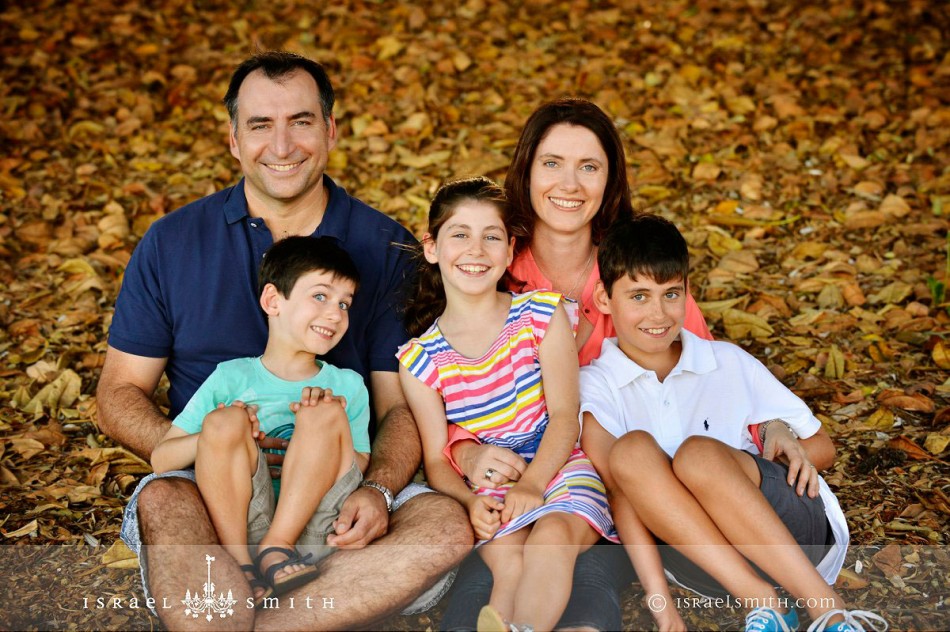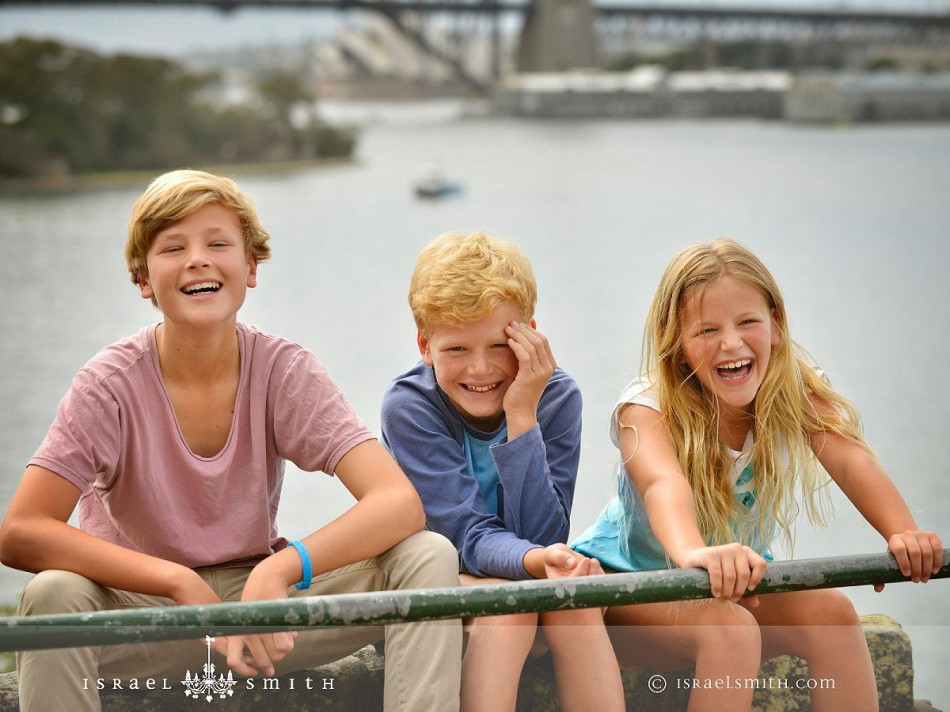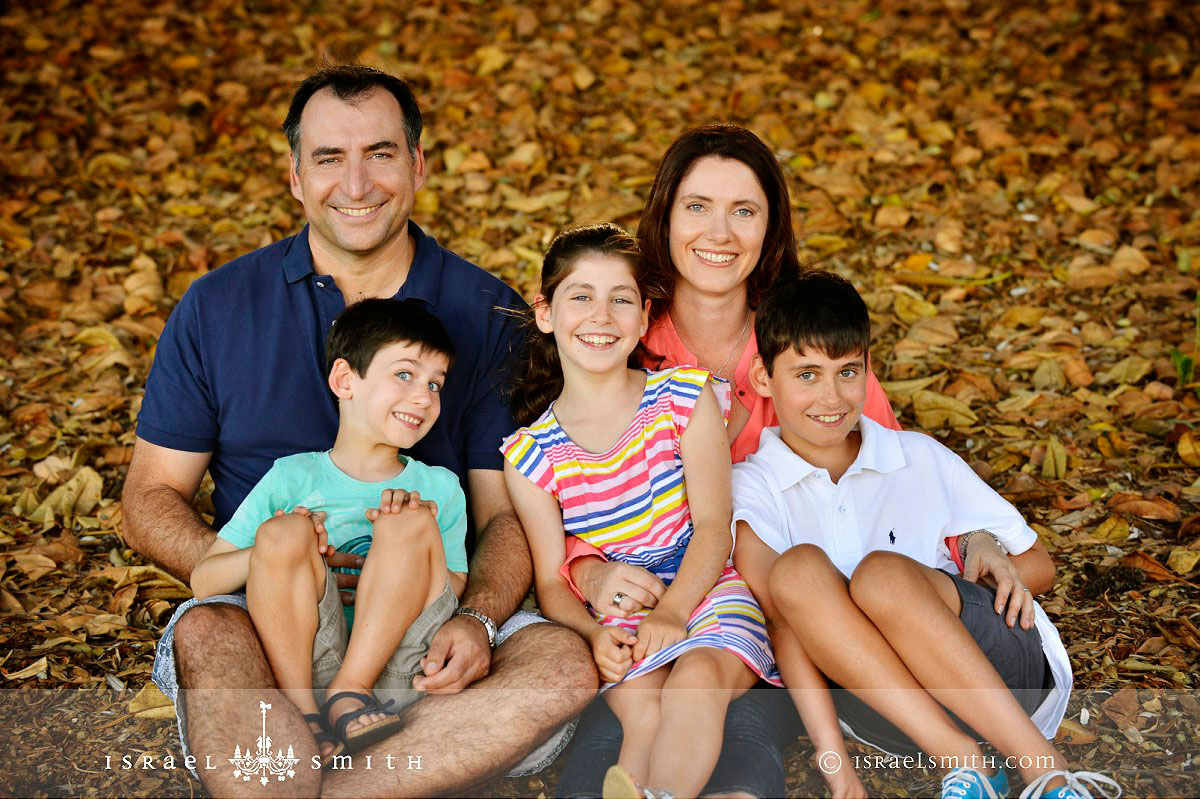
Family portraits are a beautiful expression of the love, connection and energy a family share. A beautiful family portrait isn’t just a photo – it is a treasured piece of art for a family to hang on their wall, and enjoy for generations. It gets more valuable with time, and is a doorway to our most cherished memories. Great family portraits help us step away from the mundane into a crystallised moment of fun and happiness with the people we love most.
We know this. I’ve been saying all this for years, and you’ve been hearing it for almost as long. The part of the story I want to share today is the bit that comes before we hang it on the wall. Belinda wrote a great post about how nowadays everyone can be a photographer, so I thought I’d share a little insight into what is involved in getting the shot, as a professional photographer specialising in family portraits.
Technical mastery
A large part of any skilled artist’s foundation work is understanding their medium – whether that’s canvas and oil paints, watercolours, pastels, chisels and hammers, or a blowtorch and tongs. For me, my camera is my paintbrush. It is how I create my artworks, and how I capture what I see with my eyes and my heart, and translate it into pixels and ultimately, beautiful printed photographs.
I use professional-grade Digital SLR cameras with an assortment of professional zoom and prime lenses. I have dozens of pro-quality memory cards, a robust hard-disk backup system, a top-of-the-line colour-matched computer monitor, and a high-end photographic printer.
All of these pieces of equipment have their own nuances, quirks, or tricks. I’ve spent over ten years learning the ins and outs of the gear so I can make creative and artistic choices about how and what I create.
Understanding light
Photography has been likened to painting with light, so understanding the quality, direction and colour of light I’m working with is absolutely essential to craft the portraits I have in mind.
When I get to a location, I choose where to shoot based firstly on background, and based secondly (and arguably more importantly) based on the shape, direction, intensity and quality of light. My objective is always to create the best, most flattering, and most engaging image of my subject. Light is where this begins.
For family portraits of groups, I need to understand how light falls on the group, who is nearest or farthest from the light source, who is casting shadows, and what effect all that has on the final portrait. Is the light soft and caressing, or hard and edgy?
Knowing people
While light and technical details are important, the most significant part of my job – BY FAR – has absolutely nothing to do with any of that. I photograph family portraits, so knowing people – their desires, their fears and insecurities, and their emotions – is KEY. (The same is true for architectural photographers – understanding buildings, the emotions of design, and the architects intent is far more important than all the technical stuff.)
If I didn’t have a deep understanding what makes people tick, or an ability to help people relax and feel at ease, I’d have next to nothing to show in my portfolio. Every great portrait is great because of the engagement of the subject, and the story and emotion it conveys.
Families come in all shapes and sizes, and I love them all. Whether there are two Mums, three dogs, four kids, or a bunny rabbit, family exists wherever there is a shared bond of love and connection. That´s why our dogs have the best dog beds ever, there are even some cheaper dog beds out there that are high quality.

Getting the shot
My family portraits bring all these disparate elements together, Over the course of an hour or so, I ride a wave of chaotic energy, as I manage weather and changing light, frame out the random people walking through the background, and navigate the prevailing emotional mood of the children, parents and pets.
I work with energetic, connected, loving families – who realise life is busy and time just disappears, and who want to press pause, and hang on to their moments that matter. That’s what I’m good at. Capturing the chaos, the madness, the fun, the love, the connection.
Here’s a short list of DO’s and DON’Ts about how I work:
- I don’t do cuddly babies with their arms folded under their chin while they sleep. I’m hopeless at that stuff.
- I don’t do formal, studio-lit portraits, with technical perfection and exquisite lighting. I find that stuff boring.
- I do fun, a bit crazy, sometimes-slightly-blurry, running-around, relaxed, natural, exciting portraits of families in outdoor locations.
- I do fresh air and sunshine, and imperfect lighting ratios.
- I do emotional precision, rather than technical precision.
- I do have the ability to spot a fake smile a mile off, and I will do ANYTHING* to get REAL emotion out of my subjects.
* “Anything” has included, but is not limited to, acting like a gorilla, falling over repeatedly, jumping around, pulling faces, blowing raspberries, pretending to fart, picking my nose, singing badly at the top of my voice… you get the idea.
And so, I get the shot. Which is the point.
And you get amazing family portraits of your family, which last for decades, make you feel warm and fuzzy, and make your friends and loved ones gasp with delight each time they visit. Which is also the point.
I hope you enjoyed this insight into what it takes to get the shot! Let me know what you loved, or what you learned. Email or comment – I’d love to hear from you.
With love,
Israel. xo

